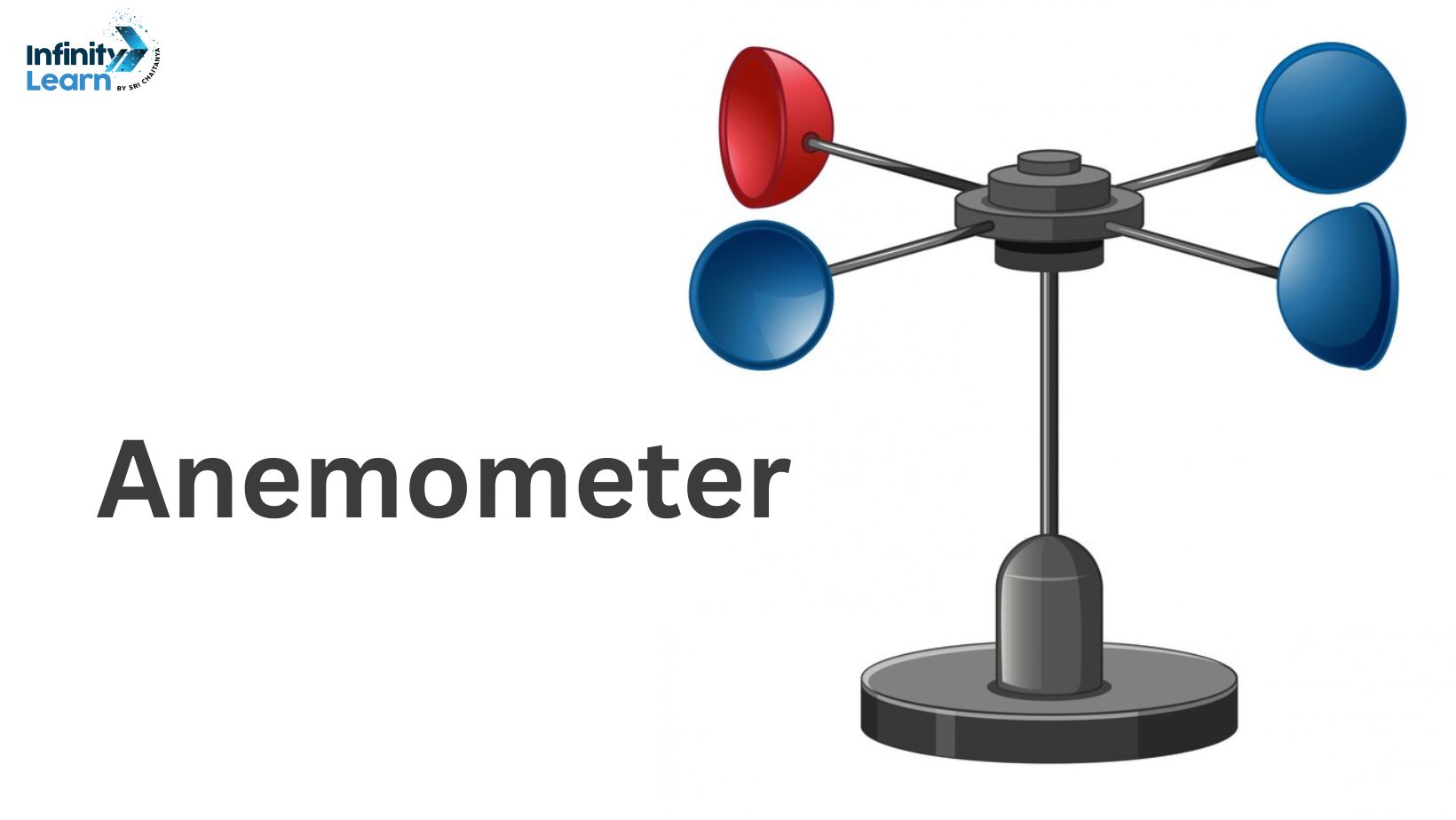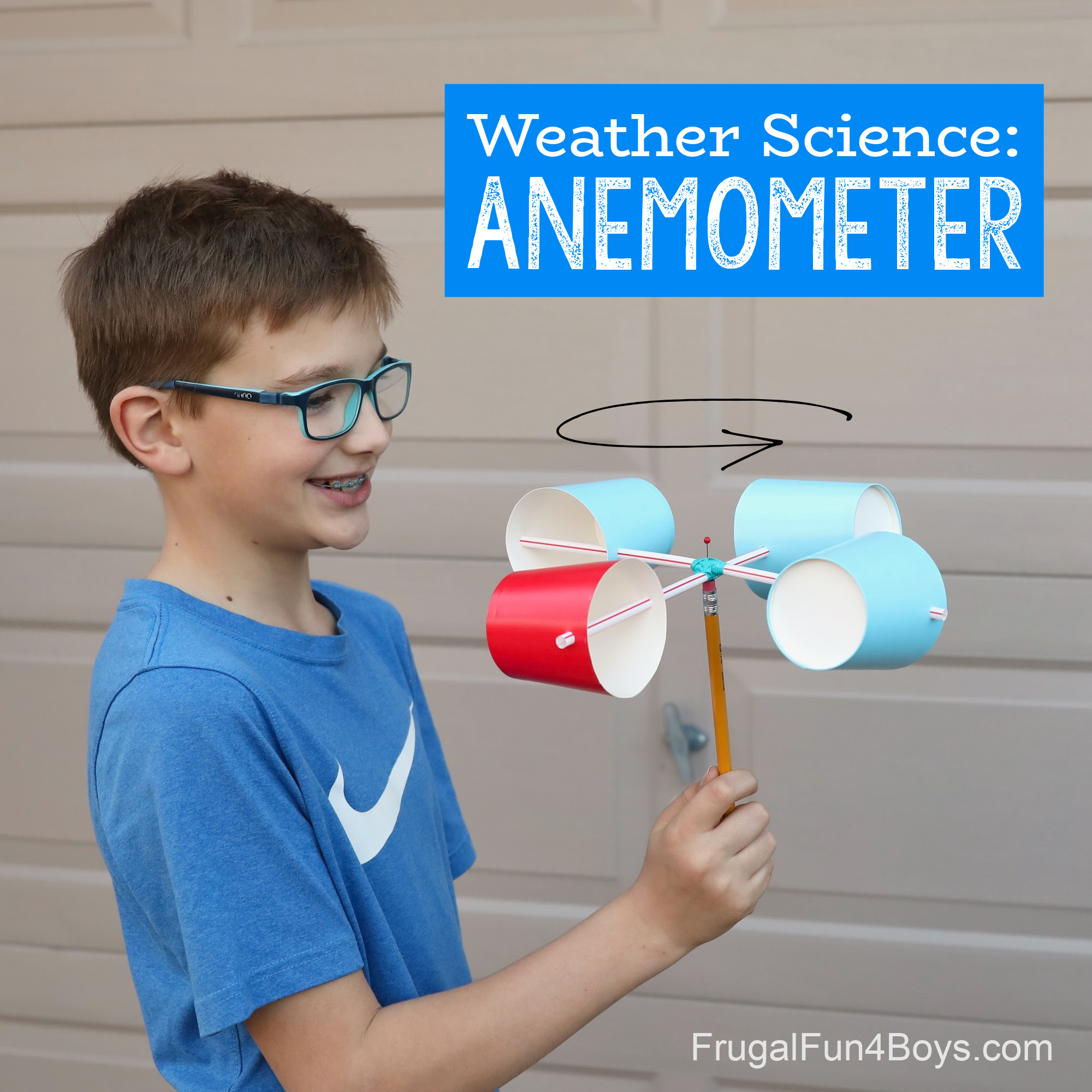Anemometers Introduced: Understanding Their Significance in Environmental Surveillance and Precaution
The function of anemometers in ecological tracking and safety and security measures is typically underestimated, yet their relevance is undeniable. From weather forecasting to aviation security, anemometers play an essential duty in supplying precise data that educates decision-making processes and improves overall safety and security.
Background of Anemometers
The evolution of anemometers can be mapped back to the ancient civilizations where fundamental wind gauging devices were first used. One of the earliest well-known anemometers was the hemispherical mug anemometer invented by Leon Battista Alberti in the 15th century.
In the 18th century, the distinguished researcher John Thomas Romney Robinson presented the Robinson anemometer, which included 4 hemispherical mugs mounted on horizontal arms that extended from a central axis. This style ended up being a criterion in atmospheric dimensions as a result of its precision and integrity. Over the years, improvements in technology brought about the development of even more modern-day anemometers, consisting of ultrasonic anemometers and laser Doppler anemometers, supplying increased precision and efficiency in measuring wind speed and direction. The background of anemometers showcases an impressive trip of innovation and progression in the field of meteorology.
Sorts Of Anemometers
Throughout the area of meteorology, various sorts of anemometers have been established to properly gauge wind speed and direction. One of the most typical type is the mug anemometer, which contains three or 4 mugs installed on straight arms that turn with the wind. As the mugs spin, the speed at which they turn is directly proportional to the wind rate. One more extensively used type is the vane anemometer, which features a tail or fin that aligns itself with the wind instructions. This placement allows the gadget to figure out the wind instructions. Sonic anemometers utilize ultrasonic signals to measure wind speed and instructions precisely. They are commonly made use of in research applications as a result of their high precision. Hot-wire anemometers run based on the concept that the cooling effect of wind on a warmed wire is symmetrical to the wind speed. These anemometers appropriate for gauging low wind rates with high accuracy. Each kind of anemometer has its strengths and is selected based upon the particular needs of the tracking job at hand.
Applications in Meteorology
Having actually reviewed the numerous kinds of anemometers utilized in meteorology for determining wind speed and direction, it is necessary to explore their useful applications in the field. Anemometers play a vital function in weather forecasting by supplying exact and real-time information on wind problems (anemometer). Meteorologists utilize anemometers to keep an eye on wind rate and instructions to forecast weather condition patterns, problem warnings for severe weather occasions like tornados, twisters, and typhoons, and evaluate weather for aeronautics security
In meteorology, anemometers aid in understanding neighborhood and local wind patterns, which are vital for forecasting climate modifications and figuring out climatic fads. These tools are likewise used in research study to research microclimates, metropolitan view heat islands, and air contamination diffusion. Additionally, anemometers are utilized in agriculture to optimize plant administration practices, such as watering and pesticide application, based upon wind conditions.
Importance in Aeronautics Security
An essential facet of making sure aviation safety and security lies in the thorough tracking of wind problems using anemometers. Anemometers play an essential duty in aviation by giving real-time data on wind rate and direction, assisting pilots in making informed choices throughout touchdown, flight, and liftoff. Strong and unforeseeable winds can significantly influence aircraft operations, making it important for aviation authorities to rely upon accurate wind measurements to ensure the security of guests and crew.

In the dynamic setting of aviation, where also small modifications in wind rate and direction can have profound results, anemometers stand as important devices for promoting protected and secure air travel.
Function in Environmental Study
Anemometers play an essential function in environmental research by offering vital data on wind rate and direction. By properly gauging wind characteristics, anemometers help researchers examine the movement of contaminants in the air, examine the effect of commercial exhausts, and predict the spread of contaminants in the atmosphere.


Verdict
To conclude, anemometers have actually played a critical duty in ecological tracking and precaution. With a rich background and numerous kinds offered, these devices have been extensively made use of in weather forecasting, aviation safety, and ecological study. Comprehending the importance of anemometers is important for accurately gauging wind speed and instructions, which is vital for forecasting weather condition patterns, guaranteeing safe air travel procedures, and conducting environmental researches - anemometer. Their payments to these fields can not be taken too lightly.
One of the earliest recognized anemometers was the hemispherical mug anemometer created by Leon Battista Alberti in the 15th century. Over the years, innovations in innovation led to the growth of more modern-day anemometers, consisting of ultrasonic anemometers and laser Doppler anemometers, using increased precision and performance in gauging wind rate and instructions. Hot-wire anemometers run based on the principle that the cooling effect Related Site of wind on a heated wire is proportional to the wind speed. Meteorologists use anemometers to keep track of wind rate and direction to anticipate weather condition patterns, issue cautions for serious weather occasions like hurricanes, hurricanes, and tornados, and evaluate atmospheric problems for aeronautics safety and security.
Understanding the importance of anemometers is important for accurately gauging wind rate and instructions, which is crucial for anticipating climate patterns, ensuring safe aviation procedures, and conducting ecological research studies. (anemometer)